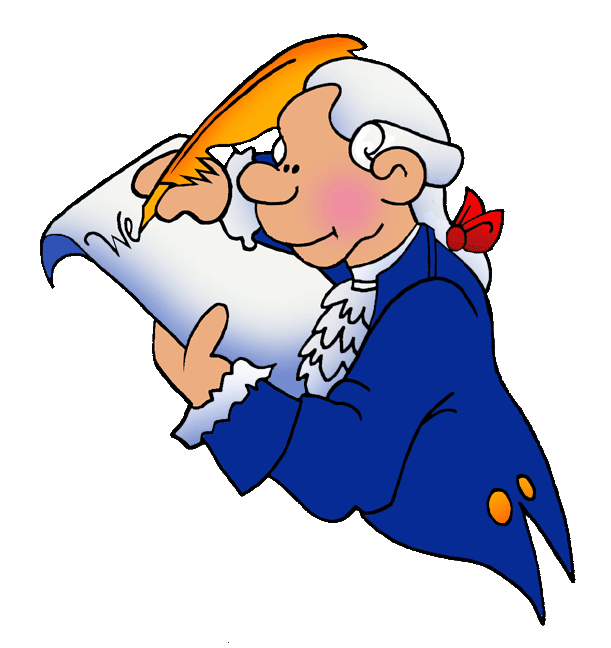Story telling
6th Grade – Language – Swedish Education system
|
|
Materials for the lessonPhase 1. 24 Dices with pictures in each side. Please look at the annex picture.Phase 2,3 and 4. Photographs, postcards, paintings, or illustrations from books. |
Layout of the classroomPhase 1,2 and 3. Normal classroom setting. The groups sit together.Phase 4. An empty classroom to move freely. |
|
Phase 1The teacher explains to the class that they will make up stories using dices. The teacher divides the class into 4 groups. Each group has 6 dices with different picture categories; machines, different rooms, numbers etc. The each group members roll the dices and tell the story that he or she thinks is suitable with those dices. Dices help the students to tell a story but the students themselves come up with a story. Each group member has time to tell the story and the activity ends.Tips to the teacher: There are ready story telling dices to buy. It is better to buy 4 packets of these dices. So the class can create together. |
|
Phase 2The teacher keeps the same groups. Each group gets one picture. The pictures used for the exercise should contain some sort of activity or situation. The teacher asks the groups to think about– What’s happening on the picture?– Who is on it?– What are they doing?– Why are they there?– When does this happen? |
|
Phase 3Once the group has decided what’s happening on the picture, the teacher tells them to think about what’s going to happen next? Each group comes up with a story that shows what will happen next. The teacher asks that each group needs to figure out (at least) one turning point in their story. |
|
Phase 4The picture works as a starting point for the group and when the group has decided what’s going to happen. They come to the stage and improvise their story with the help of a storyteller. The storyteller tells the story while the other member improvises the story. |


 SmartOWL
SmartOWL